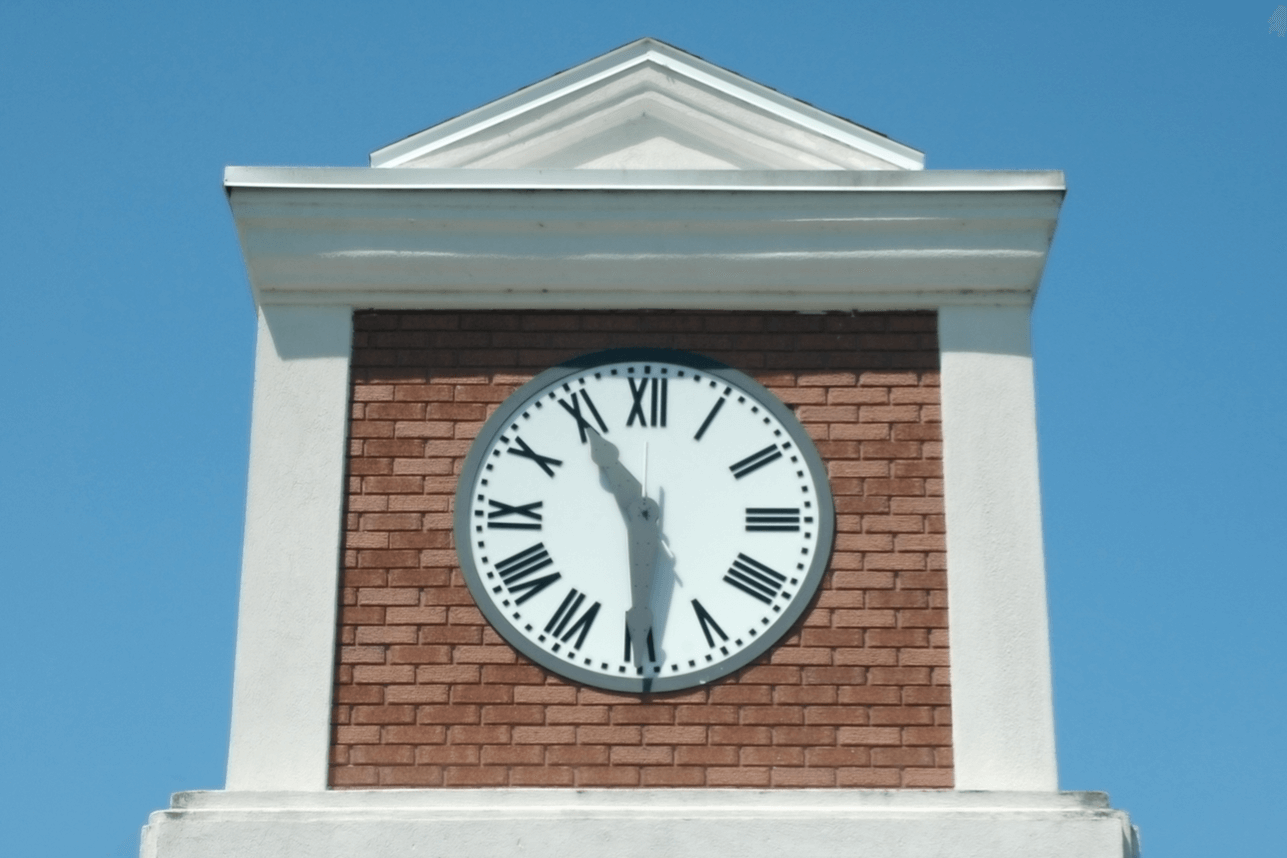It’s a surprise no one likes. It’s more than added stress, noise, and disruption. It’s a five- (or six) figure check for a new roof. Like taxes, roof replacements can’t be avoided. No matter how good you treat your roof, you’ll have to replace it eventually. However, it’s possible to plan for a roof replacement instead of being surprised by it.
A Roof’s Lifecycle
A roof falls into four categories during its lifecycle.
- 0-3 years: Honeymoon Phase
- 3-5 Years: Preventative Maintenance Phase
- 5-15 Years: Ongoing Maintenance Phase
- 15-20 Years: Re-Roofing Watch
But, don’t be fooled by those categories. Not all roofs make it to 15 years old. Some fall victim to severe weather, others to faulty installation, and many to poor maintenance practices.
Smart Roof Maintenance
All roofs must be replaced eventually, but there are some easy things you can do to make your roof last longer and save money in the process.
1. Perform Roof Inspections Regularly. Regular roof inspections will help you identify potential problems before they turn into actual problems. We recommend hiring a professional to perform these inspections. Unless you have roofing knowledge or experience, you might not know what you’re looking for. If you miss a small issue, it could turn into a big issue down the road. If you decide to perform a roof inspection yourself, take pictures and notes. You want to have a record of your roof’s condition, so if any major problems arise, you’ll be able to provide your roofer with background information.
2. Put Maintenance at the Forefront. A new roof may need preventative maintenance as early as three years after being installed. Be willing to pay a small price for preventative maintenance to avoid paying a big price for repairs.
3. Fix Problem, Not just Symptoms. Imagine your ceiling has started leaking. The leak is the problem, right? Fix it, and the problem is solved. Not exactly. By this point, the problem could be that the insulation is so saturated with water it can’t absorb anymore—along with the fact there is a hole in the roof. In this case, the leak is the symptom, and there are two problems. The first is the hole causing the leak, and the second is the saturated insulation. When repairing issues, fix the whole problem, not just the symptom. It might be more costly at the time, but it will help extend the life of your roofing system and save money in the long run.
4. Budget for Repairs. Budget about $750 for a simple repair. You can estimate the number of repairs on the amount of foot traffic expected on the roof, as well as the number of repairs needed in previous years.
When to Call a Professional
Sometimes, your roof needs special attention. You should call a roofer if you notice:
- Cracks, blisters, tears, or other blemishes on the roof’s membrane
- Failing flashing
- Soft insulation
- Water stains on inside walls
- Leaks
An experienced commercial roofer will be able to identify the severity of these issues and recommend a course-of-action to fix them. An experienced roofer can also estimate how much life your roof has left within these ranges:
- 1-3 years
- 3-5 years
- 5 years or more
So, if your roof has an estimated three years left, you can start budgeting for a roof replacement and eliminate the surprise that too often comes with roof replacements.
When Should You Replace Your Roof?
Only a professional can accurately tell you when your roof should be replaced. However, the four major factors that contribute to the necessity of a roof replacement are:
- Roof age (How old is the roof?)
- Roof usage (Does it experience a lot of foot traffic?)
- Maintenance history (Have you performed maintenance throughout the roof’s lifecycle?)
- Roof damage (Has the roof experienced major damage from weather or people?)
Not sure how long your roof has left? Just click here to contact us and learn how we can help!

